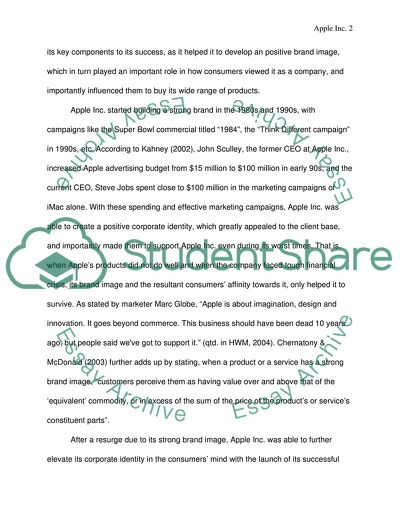Cite this document
(Apple Inc. Brand Marketing Campaigns Research Paper - 1, n.d.)
Apple Inc. Brand Marketing Campaigns Research Paper - 1. Retrieved from https://studentshare.org/marketing/1748920-apple-brand-marketing-campaigns-positively-influences-apples-corporate-identity-in-the-consumes-mind
Apple Inc. Brand Marketing Campaigns Research Paper - 1. Retrieved from https://studentshare.org/marketing/1748920-apple-brand-marketing-campaigns-positively-influences-apples-corporate-identity-in-the-consumes-mind
(Apple Inc. Brand Marketing Campaigns Research Paper - 1)
Apple Inc. Brand Marketing Campaigns Research Paper - 1. https://studentshare.org/marketing/1748920-apple-brand-marketing-campaigns-positively-influences-apples-corporate-identity-in-the-consumes-mind.
Apple Inc. Brand Marketing Campaigns Research Paper - 1. https://studentshare.org/marketing/1748920-apple-brand-marketing-campaigns-positively-influences-apples-corporate-identity-in-the-consumes-mind.
“Apple Inc. Brand Marketing Campaigns Research Paper - 1”, n.d. https://studentshare.org/marketing/1748920-apple-brand-marketing-campaigns-positively-influences-apples-corporate-identity-in-the-consumes-mind.


